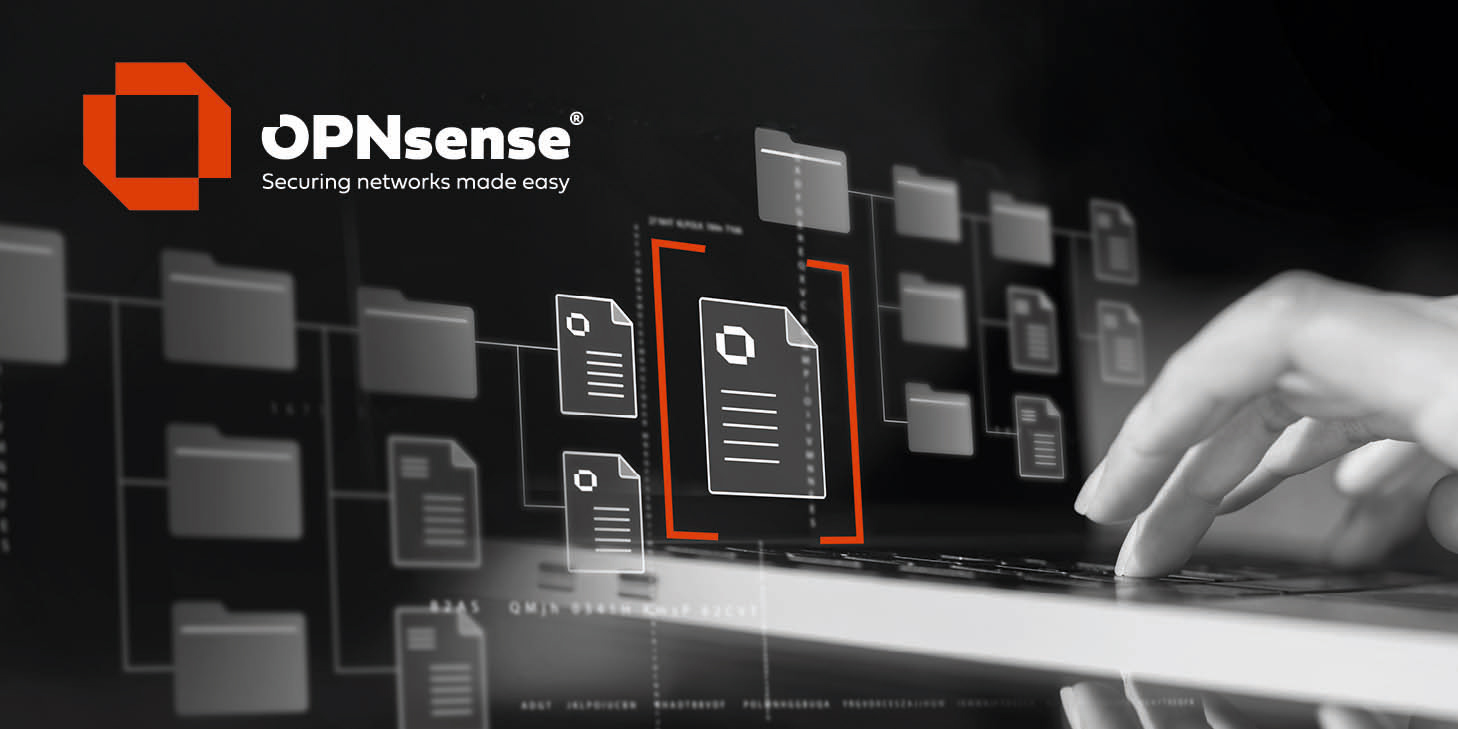Well, in these recent Days apparently it stopped working again :(.
I cannot even ping the 2nd Gateway (I previously had a Rule to force a direct Gateway Connection from the LAN Clients, so that I could access from my Desktop PC the Upstream Routers): that seems to not work anymore.
Furthermore of course all Wireguard Clients stop routing completely. Handshake seems to work at least on iPhone, Routing is completely Broken again :(.
I cannot even ping the 2nd Gateway (I previously had a Rule to force a direct Gateway Connection from the LAN Clients, so that I could access from my Desktop PC the Upstream Routers): that seems to not work anymore.
Furthermore of course all Wireguard Clients stop routing completely. Handshake seems to work at least on iPhone, Routing is completely Broken again :(.

 "
"
